Florence is not just an open-air museum, but a story that you can read and experience as you stroll through its squares. Every stone has a story to tell, every statue something to reveal, every facade lights up in different colors depending on the light. Visiting the squares of Florence is not just about seeing famous monuments: it is about walking among centuries of history, listening to the sound of bells marking the hours, stopping at a small table to watch life go by, entering a store that stands the test of time.
With this guide, we want to take you on a discovery of Florence's most beautiful squares, tell you what makes them special, and advise you on how to fully enjoy each square: when to visit, where to take the most beautiful photos, what to see nearby, and what details not to miss. Florence should be experienced this way: with slowness, curiosity and the wonder of those who still know how to marvel.

Listen to the podcast version of the article with Monna Lisa and Leonardo's voices
Florence: a city to be experienced square by square
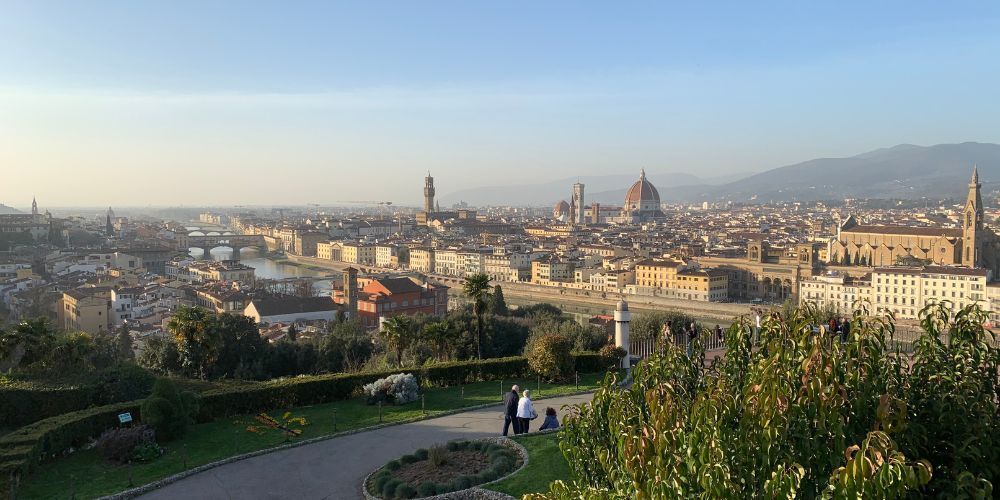
There are a thousand ways to tell the story of Florence, but perhaps the most authentic is to start with its piazzas. They are the beating heart of the city, places where art, history and daily life naturally intertwine. In every Florentine square there is a different atmosphere: there are those who pass there every day on their way to work, those who stop to sip a coffee while reading the newspaper, those who get lost in the details of a Gothic facade or in the golden light of sunset that colors the stone. Those who are ready to tell you anecdotes, stories, curiosities about that very small but meaningful glimpse of the city.
Visiting the squares means walking with your nose to the ground, but also with the desire to discover what is happening at street level: street performers, students on break, markets, concerts, traditional events. In this guide, we have selected ten must-see squares if you really want to get into the spirit of the city. We advise you not only to visit them, but to experience them: slowly, with your camera at hand and with the curious eyes of those who know how to be surprised. Ready to start our journey square by square?
Explore Florence with Florence Pass10. San Lorenzo Square: between the Basilica and the Marketplace
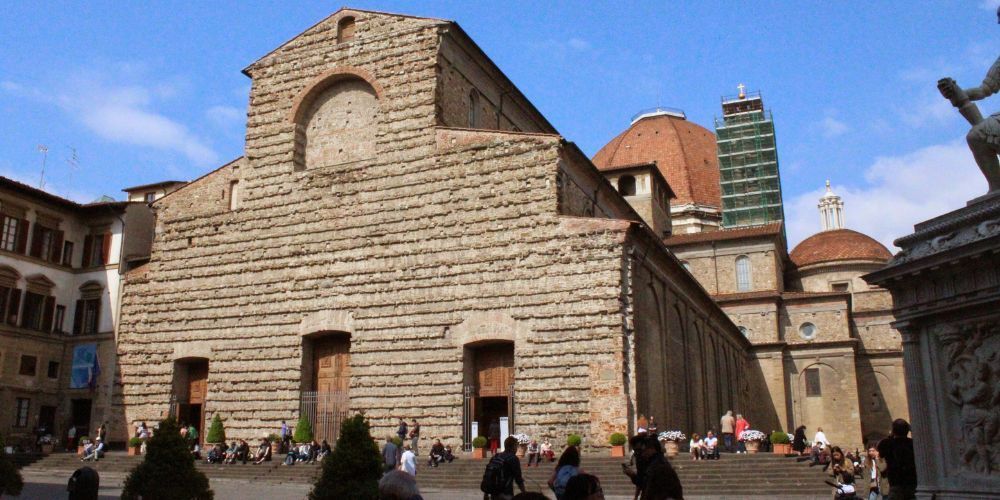
Piazza San Lorenzo is certainly one of the most beautiful squares in Florence to see. The square is intimate, but very rich in content: here are the Basilica of San Lorenzo and the Medici Chapels, where members of the most powerful family in Florentine history rest. The famous open-air market gives the square a lively and authentic tone. You can find the stalls open from Monday to Saturday.
We recommend exploring it early in the morning, when the stalls begin to open and the daily life of Florentines mixes with tourists. The church, designed by Brunelleschi, is a treasure trove of Renaissance harmony, while inside the Chapels you can admire the funerary monuments sculpted by Michelangelo.
After your visit, get lost in the Mercato Centrale: a gastronomic paradise where you can sample lampredotto, Tuscan pecorino and a good glass of Chianti. A few steps away is the Piazza del Mercato Centrale: also very characteristic, it remains off the charts, but we include it here as an additional must-see tip.
9. Piazza Santissima Annunziata: harmony, symmetry, and a window that is always open
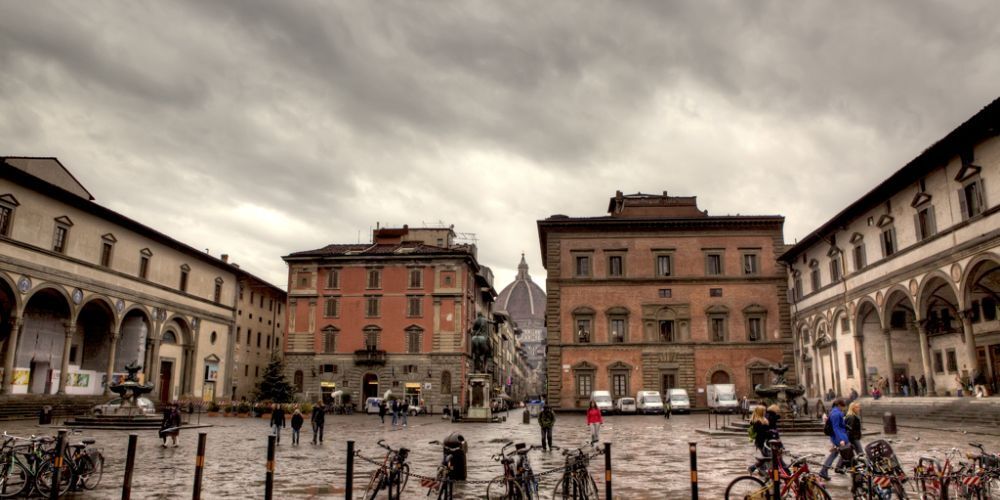
Another stop on our tour of Florence's most beautiful squares. Piazza Santissima Annunziata is no less impressive than those already described: this square is a masterpiece of Renaissance harmony. On three sides are porticoed buildings, and in the center, the Mostro Marino fountain catches the eye. Here you will find the Basilica della Santissima Annunziata and the Spedale degli Innocenti.
We recommend visiting in the morning, when the sun illuminates the porticoes and the quiet atmosphere invites contemplation. The interior of the basilica houses precious frescoes and a miraculous Madonna, while the Spedale designed by Brunelleschi tells a moving story of hospitality and beauty. If you love photography, you will find perfect symmetry and gentle light that enhances every detail.
Interesting fact:
Walking through Piazza Santissima Annunziata, if you look up at Palazzo Grifoni–Budini Gattai, you will notice a window that always remains open, even when it rains or during cleaning.
According to legend, a young woman lived in that palace who was deeply in love with a man who was forced to leave for war. Before leaving, he promised her that he would return, and she began to wait for him every day, looking out of the window. Time passed, he never returned, but the woman never lost hope, remaining faithful to her love until the end of her days.
Since then, to honor that bond and not interrupt the wait, the window has remained symbolically open. A small love story that endures in the heart of Florence and adds a touch of poetry to the already evocative atmosphere of the square. If you pass by, don't forget to look up: you might still see that window, open to time and memory.
8. St. Mark's Square: museums, art, and everyday life

Although at first glance it may appear to be just a busy hub for Florentines and students, Piazza San Marco is one of Florence's squares that is well worth a closer look. This square often remains one of the least appreciated places by tourists. Yet, it is home to the Accademia Gallery, which houses Michelangelo's famous David. Opposite, the church of San Marco with the former Dominican convent preserves splendid frescoes by Beato Angelico.
We recommend stopping here to visit these two art sites, but also to observe the contrast between the daily life of the university city and the traces of the Renaissance still visible in the buildings and architecture of the square. If you love photography, the late afternoon light is ideal for capturing the reflections on the tram windows and the details in pietra serena stone.
7. Piazza Santa Felicita: intimate and steeped in history
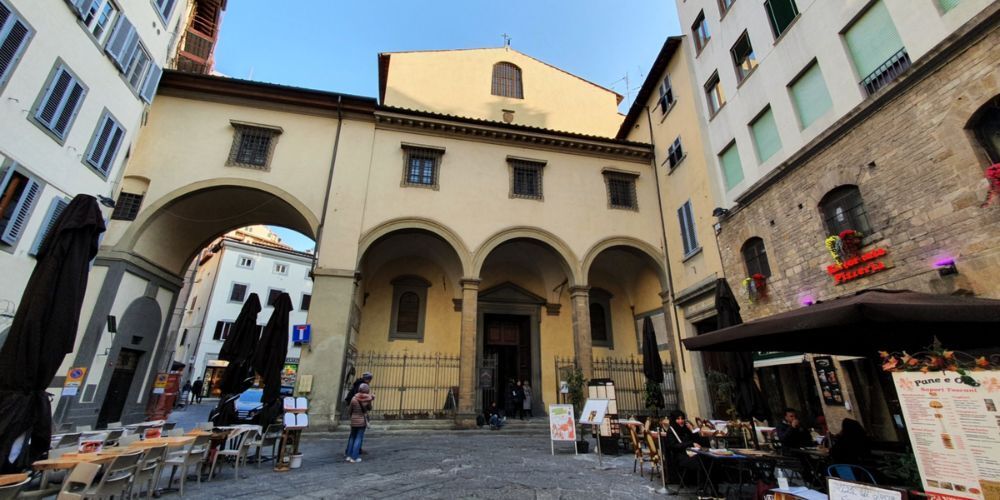
Hidden behind Ponte Vecchio, Piazza Santa Felicita is a small oasis of tranquility in the heart of the Oltrarno district. Here stands the church of Santa Felicita, one of the oldest in the city, which houses a chapel painted by Pontormo with vibrant scenes of Florentine Mannerism. Above the church entrance is the Vasari Corridor, the elevated passageway that connected Palazzo Vecchio to Palazzo Pitti, used by the Medici to move around avoiding the crowds. The Vasari Corridor is now open to visitors again.
We recommend exploring the area in the early hours of the day, when the silence restores all the charm of this corner. It is the perfect square for discovering the hidden details of Florence, made up of evocative corners and lesser-known stories, also ideal for those looking for unusual views to photograph.
6. Piazza dei Ciompi: the popular charm of authentic Florence
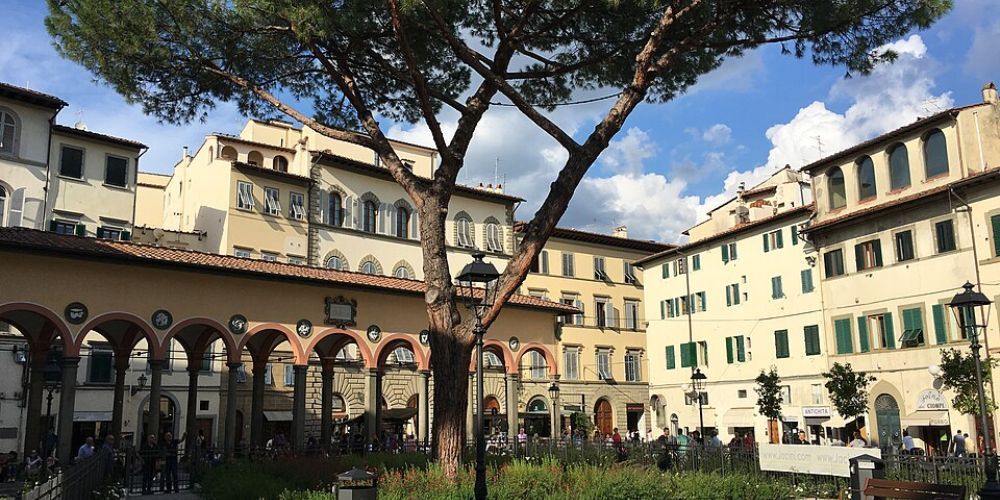
Piazza De' Ciompi is located between Sant'Ambrogio and Via Pietrapiana, in a lively and less touristy area of the historic center. Once home to the Flea Market, today renovated and more airy, Piazza dei Ciompi takes its name from the “ciompi,” the wool workers who rose up against the power of the guilds in the 14th century. It is a square that retains a popular soul, linked to the history of crafts and social struggles.
We recommend visiting it in the morning, perhaps enjoying breakfast in one of the historic cafés in the area, and then strolling through the nearby Sant'Ambrogio Market or among the bookshops and artisan workshops in the neighborhood. The square is also a perfect starting point for exploring a more authentic and everyday side of Florence.
5. Piazza Santa Maria Novella: the Basilica and one of the oldest pharmacies in the world
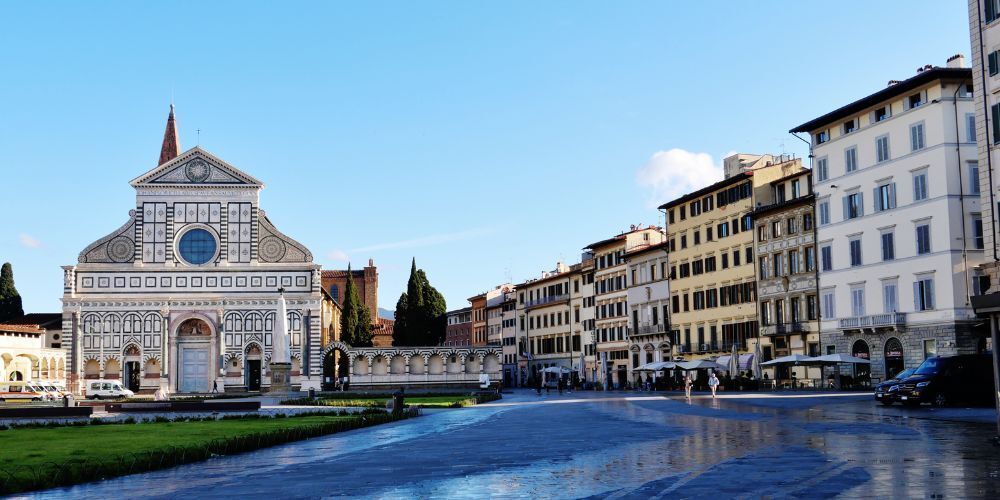
Piazza Santa Maria Novella is a large, elegant and often overlooked square. It remains somewhat off the classic tourist itineraries. The basilica dominates with its famous facade by Leon Battista Alberti, a masterpiece of geometry and proportion. Around it, you can see manicured gardens, historic hotels and a slower pace than in other parts of the center. It is located near the train station of the same name.
We recommend visiting it towards evening, when the grazing light enhances the marble facade. If you visit the basilica you can admire the frescoes by Masaccio, Ghirlandaio and Giotto's Crucifix. In addition, you can visit the Cappella dei Rucellai, the Cappella Maggiore, the Chiostro Verde and the Chiostro Grande.
A real gem is the Officina Profumo-Farmaceutica di Santa Maria Novella. Founded in 1221 by the Dominican friars of the convent of Santa Maria Novella, the Officina is one of the oldest pharmacies in the world still in operation. Open to the public since 1612, it can still be visited today. A tour within these walls means immersing yourself in a place suspended in time, among frescoed halls, period furniture and scents that tell centuries of history. We recommend you drop by the cloisters and the Green Room, but above all let yourself be enveloped by the aromas of the historic Eau de Cologne, created for Catherine de' Medici. It is also a perfect opportunity to take home a refined souvenir from Florence.
4. Piazza Santo Spirito: the heart of the Oltrarno.

In the heart of the Oltrarno, Piazza Santo Spirito is the refuge of Florentines. Dominated by the church of the same name, designed by Brunelleschi, it is a favorite spot for its relaxed, bohemian atmosphere. During the day it is quiet, in the evening it comes alive.
We recommend you experience it unhurriedly, perhaps sitting at one of the many small tables in the clubs for an aperitif overlooking the church or at the stone benches in the center of the square. Every day you can find a market or event, and every month the “Antiques Fair” fills the square with curious objects. It is the right place to observe the real life of the city, away from the most touristy circuits but full of charm.
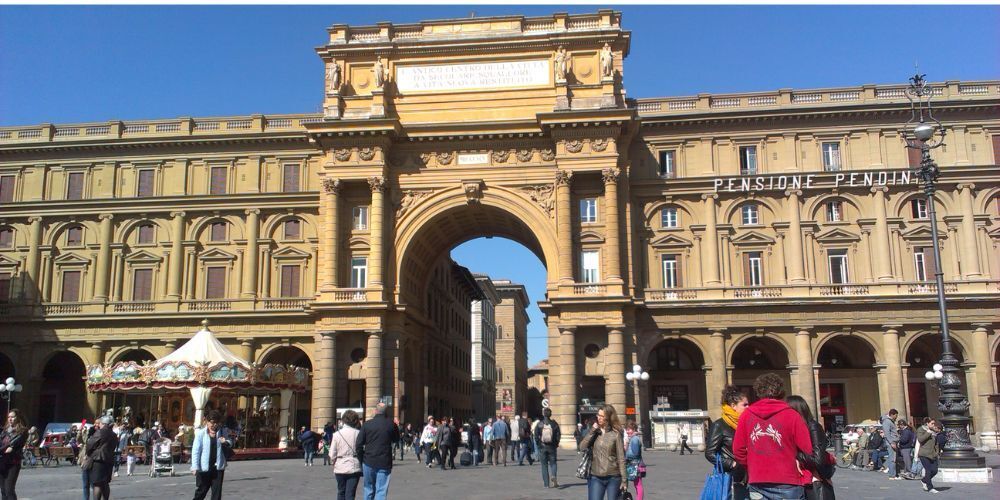
“From secular squalor to new life restored.” This is what you can read on the arch of Piazza della Repubblica: an inscription dating back to 1865 when Florence was the capital of the Kingdom of Italy. This is a square that tells the elegant and bourgeois face of Florence. Here was once the Roman forum, then the old market and the Jewish ghetto, until in the nineteenth century it became a grand square with the triumphal arch and literary cafes.
We suggest you sit in one of these historic cafes - such as Gilli, Paszkowski or Le Giubbe Rosse - and watch life go by: street musicians, students, tourists taking pictures. If you want to photograph it, the best time is sunset, when the buildings are tinged with orange and the sky reflects off the shop windows.
After your break, stroll down Via de' Tornabuoni, the most elegant street in the city: here you'll find luxury boutiques, but also ideal glimpses for taking refined photos in urban chic style.
There are many activities and tours you can discover in Florence to visit the city in an alternative way: one of these is the electric bike tour that goes to Piazzale Michelangelo (where the view is fantastic) and which has one of its departure points in Piazza della Repubblica.
Explore Florence by bike2. Holy Cross Square: historical beauty
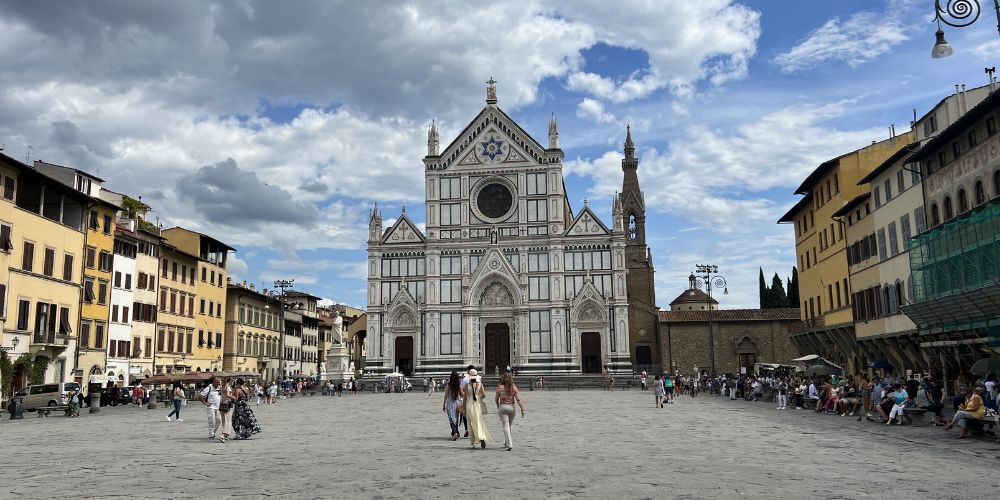
“Coming out of Santa Croce, I had a heartbeat, life for me had dried up, I walked fearing to fall,” so spoke Stendhal after visiting the Basilica of Santa Croce. A place that struck him to the point that he was lost. And it was because of this that the so-called Stendhal syndrome was born. The Basilica of Santa Croce towers over the square of the same name, one of the most beautiful and well-known in Florence.
Spacious and bright, this square has a charm all its own: here, as mentioned, the Basilica of Santa Croce dominates, with its white and green facade, and inside rest figures such as Michelangelo, Galileo, Machiavelli, and Foscolo. To visit this square is to touch upon the greatness of Florence: art, spirituality and history intertwined. Looking at the Basilica on the left, beside the steps you can see the statue of Dante Alighieri, dark in the face, watching his fellow citizens.
We recommend you come in the morning, when the sun illuminates the Gothic facade and the buzz of tourists is lighter: you can sit on a bench and watch the square slowly wake up. If you happen to be there in June, don't miss the Florentine Historical Football: the square is transformed into a sand arena, amid drums, period costumes and hard-fought matches. Before you leave, visit the Leather School, tucked away in the cloister of the basilica, where you can watch the artisans at work and perhaps take home a unique memento.
In addition, the square is overlooked by small cafes great for an aperitif or dinner with a view.
1. The most famous square: Piazza del Duomo

As soon as you set foot in this square, you realize you are in one of the most iconic places in the world. Before you rises Brunelleschi's Dome: a miracle of Renaissance engineering that still leaves architects and visitors speechless. Next to it is the Baptistery of San Giovanni, with its famous “Gates of Paradise” by Ghiberti, and Giotto's Campanile.
This is definitely one of the must-see spots in the city. And we couldn't help but end that with this, among the top ten best squares to see in Florence. Once you have been immersed in this place, we recommend climbing the 414 steps of the Duomo Dome. Here you will find all the tips and information you need to visit the Dome of the Cathedral. A climb to be made, if possible, in the early morning or late afternoon: the view is incredible and the light gives perfect photographs. But don't just stop at the outside: enter the Museo dell'Opera del Duomo, where you can admire masterpieces such as Michelangelo's Pieta Bandini or the original sculptures of the Bell Tower.
After your visit, stroll down Via dei Calzaiuoli and treat yourself to a stop at a historic pastry shop: taste Florentine schiacciata or a cream cannoncino, and let your palate discover the authentic flavor of the city, too.
Visit Florence CathedralAbout the author
Written on 31/07/2025


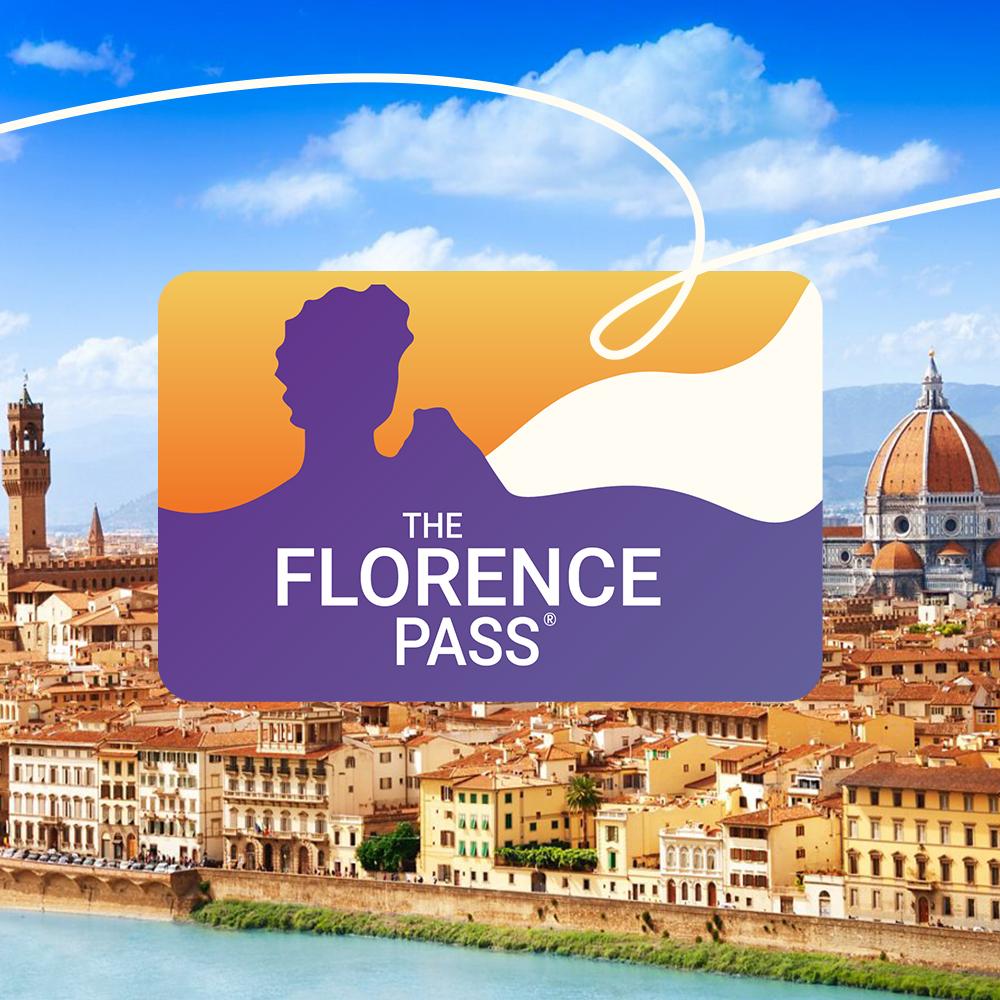
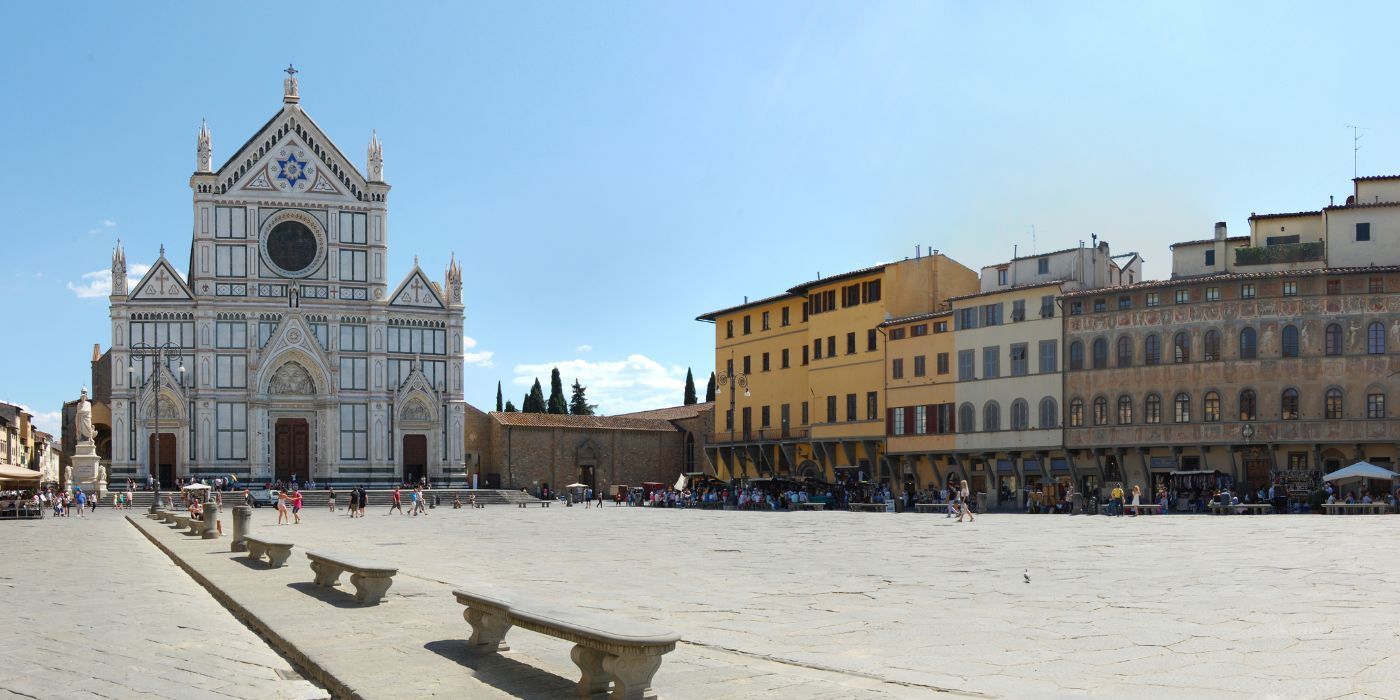

Lorenzo Braccini
Discover Florence's most iconic squares with tips on art, markets, scenic views and local secrets.